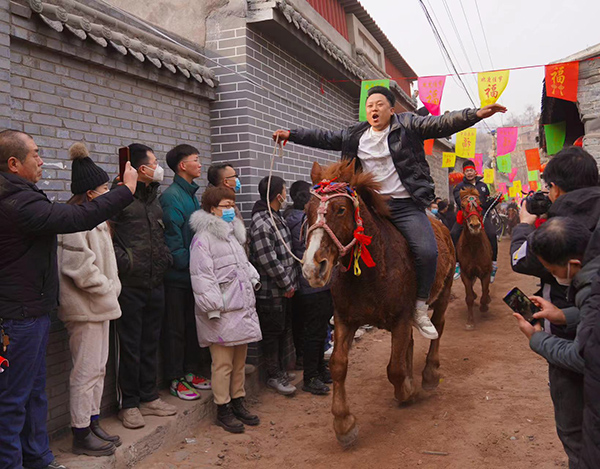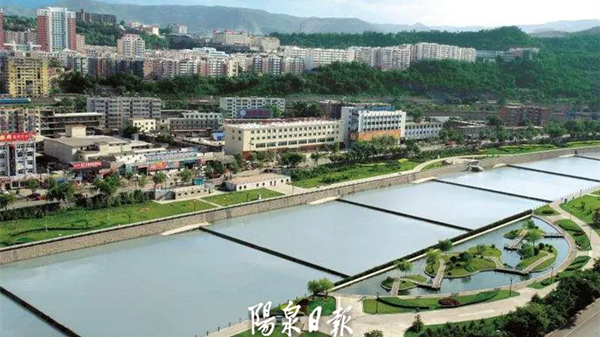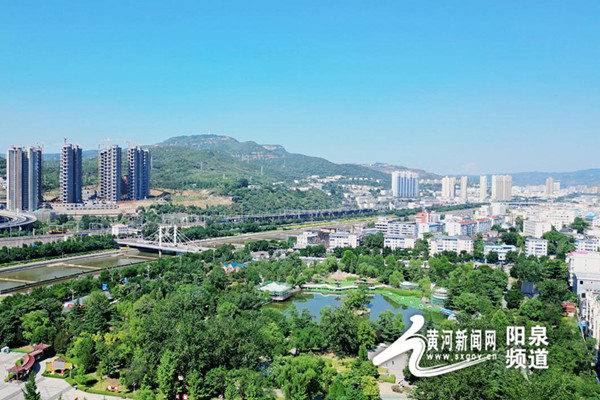Horse-racing tradition boosts rural Yangquan's reputation

A man races horses in Xiadongzhai village in Yangquan, Feb 6. [Photo/Yangquan Daily]
Early in the morning of Feb 6, Xiadongzhai village in rural Yangquan in North China's Shanxi province was awoken by the most exciting event of the year – a horse race.
At a 100 meter-long and 4-meter-wide alley in the village, villagers woke up early to throw furnace ash on the road to prevent people from slipping.
At about 9 am, the performance began with the banging of a gong. The horses roared out under the guidance of the tractors, and riders aged between 10 and 60 dressed in various ancient costumes waved their reins to the sound of cheers and clapping.
The annual horse race, called Paomapai in Chinese, held on the 16th day of the first month of the Chinese lunar calendar (one day after the traditional Lantern Festival) in the village, is a festive folk custom dating back to the Tang Dynasty (618-907), when messengers raced horses to convey information in times of war, and was listed as a national intangible cultural heritage item in 2021.
It took root in Xiadongzhai, as the village has been a vital military hub since ancient times.
The horse race has since become a popular cultural and tourism event, integrating parades, folk performances and fireworks during the Spring Festival holiday.
Every year around the Chinese New Year, about 30,000 tourists visit the village, which has significantly increased the incomes of local residents.
To better preserve and further promote the horse-racing development, youngsters are encouraged to master and polish their riding skills, and to participate in the annual event.
At the same time, the village has established a horse-racing training center, raised funds and purchased new horses, costumes and props to woo new blood and pass on this ancient skill.





